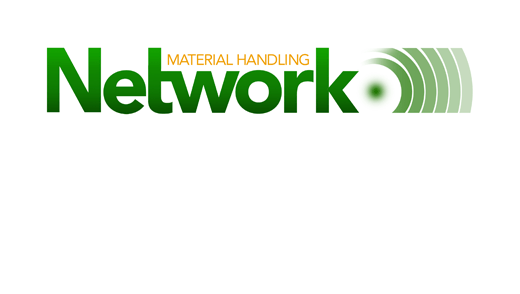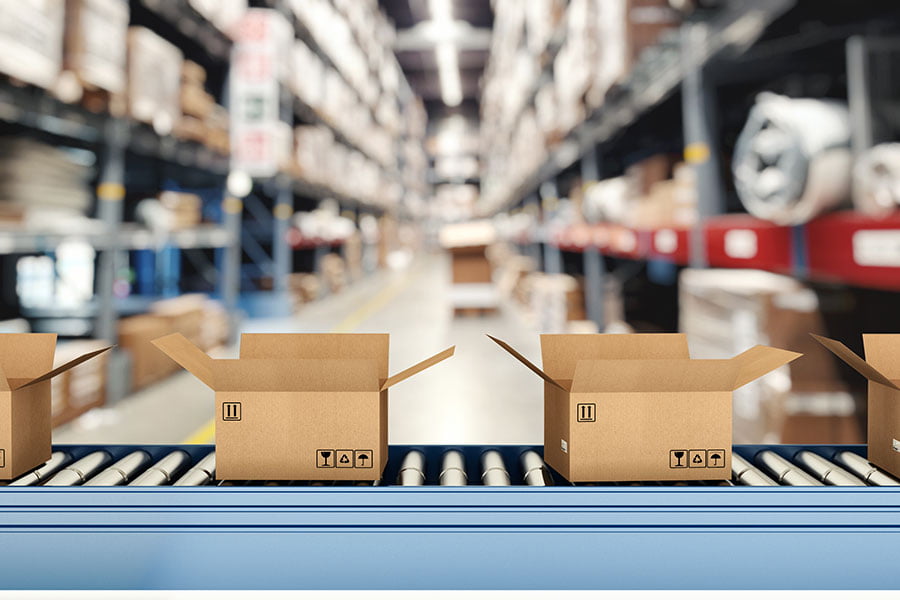Published August 1, 2007
The vast yards around distribution centers and warehouses often have the reputation of being inefficient and relying too heavily on manual labor. But the best-performing operations realize the significance of solid yard management to company profitability.
Yard Management Systems (YMS) are full of promise, yet identifying the savings and justifying the project can be tricky. Many of the top tier Supply Chain Execution System providers continue to build out their offerings by integrating yard management applications with the rest of their solutions. Other solution providers have yard management systems taking the “best-of-breed” approach. In addition, emerging technologies are popping up in yard management solutions.
In this article, build a business case for YMS by learning how to understand the different kinds of costs associated with your current operations and adding a YMS. Justification begins by mapping your current processes, finding performance gaps, and finally, considering available technology.
The Two Kinds of Yard Operations Costs
Yard operations have both direct costs and indirect costs, which are key elements in developing the business case.
Direct costs are items such as:
- Yard jockey (operator of the yard tractor) wages
- Yard check wages
- Yard truck maintenance
- Detention/demurrage fees
- Non-use fees
- Spoilage and expiration of perishable products
- Direct two-way communication wages
Concerning the yard jockey wages, you should know how the yard jockey spends his or her day. You need to know what percentage of the time the yard jockey is idle, traveling for a trailer move, hooking or un-hooking from a trailer (referred to as Skilled Moves), or searching for a trailer.
Indirect costs are items in the line of: lost sales, warehouse waiting time, and excess inventory investment. Knowing these elements will give you a complete cost picture for your yard operations.
Two of the biggest direct cost components with the largest potential for savings are yard jockey efficiency and excess accessorial charges.
Direct Cost: Yard Jockey Efficiency
If you can reduce yard jockey headcount, there are significant savings to be gained in labor and maintenance dollars. Decreasing the number of yard jockeys could even save capital expenditures by retiring a yard truck without a replacement. Yard management systems tend to improve search time and idle time allocation of the yard jockey by having an accurate yard location for the trailer and queuing up work to present to the jockey. There are efficiency gains to be made and savings to be had, but headcount reduction is not the only way.
Direct Cost: Excess Accessorial Charges
These costs come primarily from detention/demurrage, redelivery fees, and non-usage fees. While it is probably unreasonable to assume you’ll eliminate these charges completely, it is fair to assume you’ll make a substantial impact by avoiding many of the occurrences. With YMS, you gain visibility into things like the length of time a trailer has been on-lot without a change in status. Some applications allow for emailed alerts, which notify key personnel of events like a trailer that has been on the lot for “x” number of hours without being unloaded. This allows you to work older trailers first, reducing the cost for detention/demurrage significantly.
A robust YMS application can also help avoid the excess charges of re-delivery and non-usage fees. The dock scheduling component helps identify loads and load characteristics, which assists the warehouse in directing the trailer to the appropriate dock door. This allows you to avoid redelivery fees that some carriers may impose for moving a trailer from one dock door to another due to warehouse error.
“Next trailer determination” algorithms also help support trailer rotation rules, like selecting the oldest empty trailer on the yard for loading in order to avoid non-use fees. If you identify direct costs such as these that can be reasonably reduced or eliminated, you’ll be able to calculate fair potential savings.
There are other potential cost-lowering benefits that should not be ignored. A robust YMS supports a configurable or easily-modified event model. Some of the better applications allow customers to define business rules based on trailer or appointment events.
For example, retailers may want to withhold final allocations for inbound purchase orders until the last minute. Yet to facilitate cross-dock opportunities, the allocation plan must be sent to the warehouse prior to receiving. In this example, a customizable event model in the YMS could unlock significant indirect savings. By having the YMS application notify your ERP that the trailer has checked into the yard, the allocation plan could be recalculated based upon the latest inventory position in the stores and sent to the warehouse system for processing later in your information flow model-thus contributing to a better deployment of inventory.
Distinguishing Direct and Indirect Costs
It’s important to distinguish direct costs from indirect costs to accurately project potential payback for the YMS and to know what the costs really mean to your operations. While it may be argued that warehouse waiting time is a direct cost, the fact is that the warehouse resources can usually be deployed to other tasks to fill the time it takes to replace a trailer at the dock. It takes some period of time to swap trailers at a dock door; therefore, the warehouse processes should be designed around this operational fact. The indirect cost comes into play when an excessive amount of time is taken due to inefficiencies in a direct cost component.
For example: the yard jockey may take a long period of time to locate an empty trailer to bring to the shipping door. The direct cost burden shows up in the search time component for the yard jockey, and the indirect cost is a lost opportunity to load shipments, making the shipment late for delivery and affecting the customer service experience. Recognize what the costs mean to you.
Map the Yard Processes
Along with the cost of yard operations, mapping the yard processes helps you understand what you’re currently paying for. There is a reason why your processes work they way they do. In some instances, it’s to compensate for perceived or actual deficiencies. Sometimes it’s because external concerns dictate them, such as government regulations. It may be because the processes work very effectively to facilitate the flow of information and goods, which provides value to the operation.
It’s important to remember the effective processes when developing the requirements of a YMS. When you understand your yard processes, you can make sure you keep the processes that add value while looking to improve their efficiency.
Locate Gaps for Improvement
With the current operations well understood, it’s time to identify the gaps that exist for improving your yard operations. Do a little homework on the solutions in the marketplace. The technology varies and so does the functionality. The outcome here is to identify the processes that could be improved and get a fair idea how much improvement may be possible for what cost. Keep in mind that you’re not selecting a solution; you’re validating your views on what YMS can do for you.
Don’t Get Caught Up in the Promise of Technology
It’s important to understand how the technology or process models within a yard system contribute to improvement, and therefore savings. Questions such as this arise: “Does having real time location systems (RTLS) really eliminate the need for yard checks?” These need to be answered to evaluate a more realistic view of benefits.
For example: Yard checks are an excellent time to verify data integrity. Certainly, if you are doing yard checks using a printed sheet or manual log, YMS significantly reduces the amount of time spent on them. While current location is a critical data element in yard operations, it’s not the only factor. If one of your other requirements is for the YMS to feed dock doors systemically as they empty in receiving, then all data, not just the location, must be 100% accurate to capture the largest benefit.
Yard checks give you an opportunity to correct other trailer information and can also play a role in security by validating seal numbers on loads to ensure that the trailer has not been tampered with since arrival on-lot for unloading or since being placed in the yard after loading. Be sure to give the potential savings a fair evaluation.
Another example of understanding the full effects YMS has on yard operations can be found in yard systems that have a graphical yard user interface. This functionality may cause you to think you can eliminate two-way communication to the yard jockeys, because you can drag and drop trailers to create move tasks.
But if the YMS does not prioritize the move tasks and present the work to the yard jockey in an order that supports your operations, then you’ll probably still be on the radio telling them which task to do first. Building a business case showing 100% cost savings for two-way communication to the yard jockey would be unrealistic. It’s easy to get caught up in the promises of the technologies.
Consider External Costs
External costs to deploy solutions must also be factored into the equation. One example of this is found with the requirement to display trailer contents at the item level. The implication here is that not only does purchase order and advanced shipping notice (ASN) information need to be sent to the YMS, item information may be required. And there may be external costs incurred to develop the interface for items. It depends on the infrastructure in place or the infrastructure of the potential solution.
Conclusion
Yard management systems can and do deliver hard and soft dollar benefits. In addition, they can be a key contributor to operational efficiency. Too often companies justify projects with information gathered at too high a level. Knowing your current processes, why they are performed, and the costs associated with them makes the job of evaluating the potential savings of YMS a much easier task. By peeling off the next layer to understand where you are, you’ll be able to build a more effective and accurate business case for YMS.


